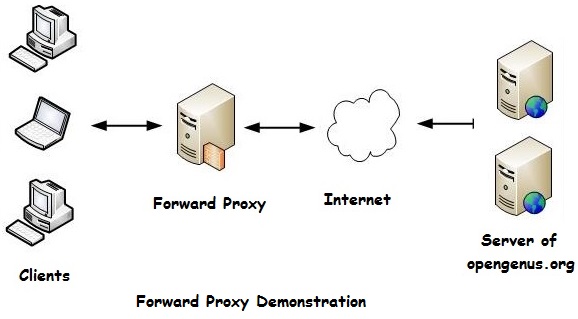
They are regular reverse proxies as such and load balancers.ġ. However, we can distinguish two main types of reverse proxies based on their features. In their functionality, all reverse proxies are more or less the same. How do reverse proxies operate Types of reverse proxies Reverse proxies are also used for load balancing, caching, and SSL encryption. These proxies can protect web servers, increase website performance, and help avoid overloading. While being of no particular use to consumers and regular people, reverse proxy servers are the perfect fit for service providers and websites that have numerous visitors daily. These proxies make sure that users don’t reach the origin server directly, thus providing anonymity to this web server. A reverse proxy gets the request from a client, passes it on to another server, and then forwards it back to the client, making it appear as if the initial proxy server processed it.

Reverse proxies are generally employed to boost protection, speed, and reliableness. What is a reverse proxy?Īs the name suggests, unlike a forward proxy that acts on behalf of clients, a reverse proxy server resides in front of backend servers and transfers client requests to these servers. Web scraping helps companies to stay competitive in the market.įorward proxies can also be used to control and monitor internet usage, create and manage social media accounts, and much more. Companies usually gather data to improve their marketing, pricing, and other business strategies. The most common usage of proxies is web scraping. This is the reason why using forward proxy servers ensures higher levels of anonymity and security.ģ. A forward proxy server acts as an additional safety layer that hides the web server’s real IP address by using one of its own. For example, if you were looking to see if your ads are visible in Brazil, you would use a Brazil proxy, or Germany proxy to access content in Germany.Ģ. These companies can monitor ads regardless of their geo-location.
#Forward proxy vs reverse proxy example verification
For example, this is especially useful for companies that provide ad verification services. When using a forward proxy, users can access a variety of content intended for other countries. When users are browsing the internet, they usually see content according to their geo-location. Forward proxy servers could come in handy to access geo-restricted content. There are many reasons for single users or businesses to use forward proxy servers:ġ. If you are interested in what different proxy types are, check out the video below: This proxy type isn’t affiliated with an ISP, as IP addresses come from secondary sources like data centers.

These proxies have a real IP address provided by an Internet Service Provider (ISP) with a physical location.Ģ. In this case, there are two types of proxies – residential proxies and datacenter proxies.ġ. The most common ones are classified by their origin. There are many different types of forward proxies. How do forward proxies operate Types of forward proxies Since a forward proxy can be seen as a point of access and control, it can enhance the security of the users within a private network, regulate traffic and provide anonymity by masking the original IP address. A forward proxy can also cache information and use it to process future requests. From the perspective of the internet server, the request is made by the proxy server itself and not the user. Once the data from the internet is retrieved, it is sent to the proxy server, redirecting it back to the requester. It means that the user’s request goes through the forward proxy first and then reaches the web page. This proxy sits in front of a user and acts as a mediator between users and the web servers they access. In most cases, when people mention a proxy server, they refer to the most common proxy type, i.e., a forward proxy. Can a forward proxy act as a reverse proxy?.Forward proxy vs reverse proxy: the differences.This is more a theory answer as I've never done this myself, but a configuration like following should work. That's why you probably couldn't find much configuration for it. But it can still be used as a forward one. Nginx is originally designed to be a reverse proxy, and not a forward proxy. In turn, the server may potentially know nothing about your forward proxy.

Forward proxy is something the client sets up in order to connect to rest of the internet. It's to retrieve content from the backend servers and hand to the client. Reverse proxy is for server end and something client doesn't really see or think about.
#Forward proxy vs reverse proxy example code
Your code appears to be using a forward proxy (often just "proxy"), not reverse proxy and they operate quite differently.


 0 kommentar(er)
0 kommentar(er)
